Survival gardening is the process of creating a garden that could if it needed to, become your main source of food. In some cases, homesteaders have created gardens that could be their only source of food for at least a season, if not longer. This kind of self-sufficient gardening takes a lot of careful planning and hard work, but it’s not impossible. One of the keys to success in survival gardening is choosing the right plants.
Related Article: “Simple Tips for Starting Your Survival Garden”
In a survival garden, you’ll need high-yield plants that offer the human body a variety of nutrients and plenty of calories. Here are the top three plants for a self-sufficient garden:
• Beans:
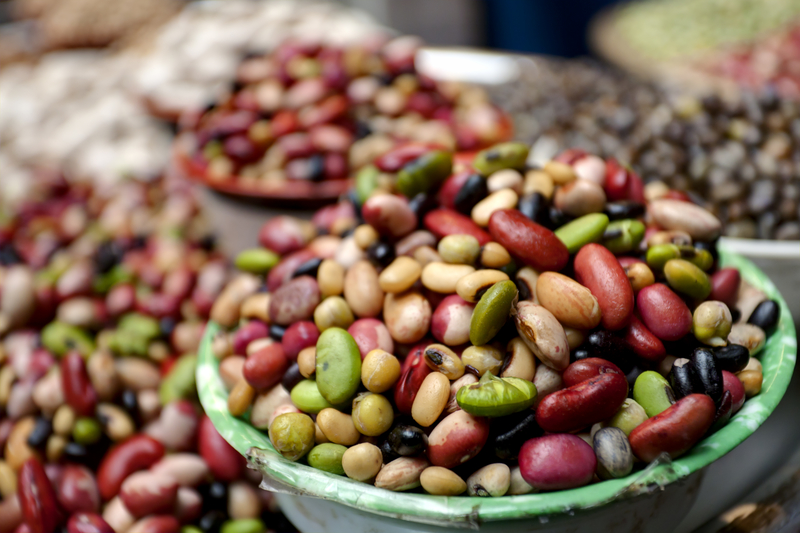
Beans offer a ton of protein, and when dried, they can be stored for years. They are also a low-carb food, meaning they would work well for a diabetic-friendly diet. Beans are very filling and can be used for everything from frying to baking.
• Potatoes:
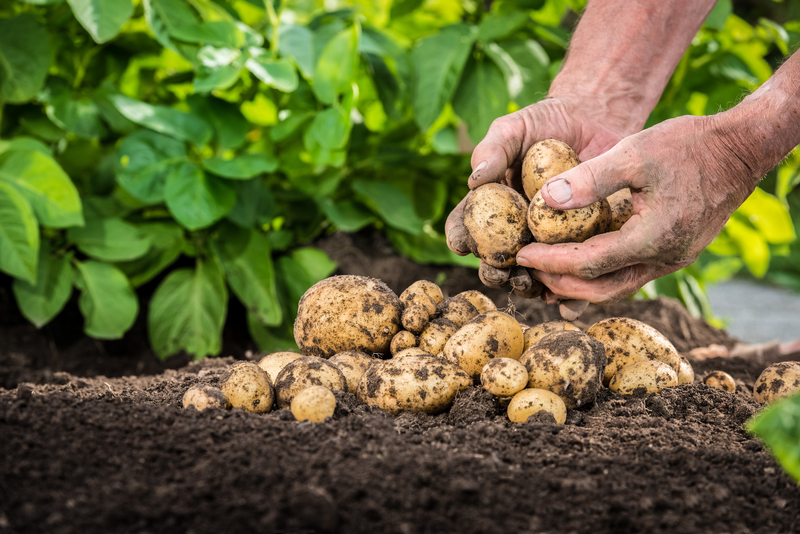
Whether you go with a sweet potato or a white potato variety, this is one plant you can’t afford to ignore. Potatoes offer a very high yield; some gardeners have learned to grow upwards of 50 pounds of potatoes in a very small space. They’ll give you the good carbs you need for energy, and also offer proteins and essential amino acids.
• Squash:
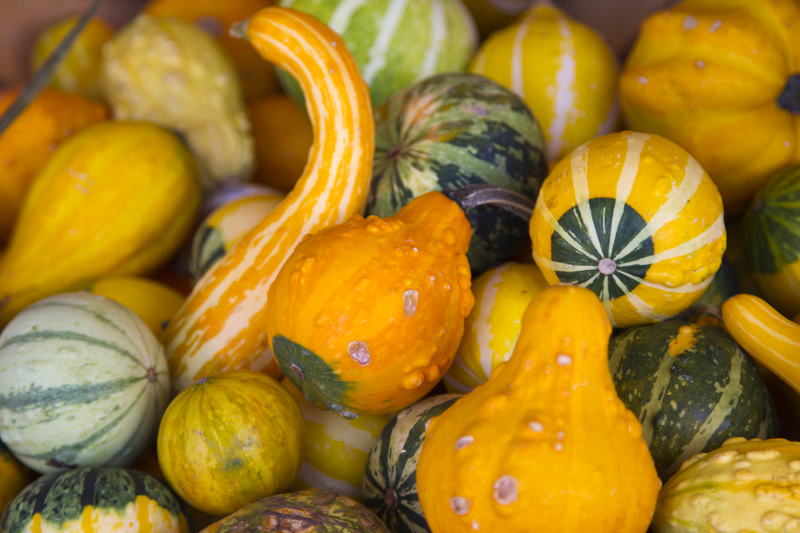
There are many varieties of squash, and any would be a great staple crop for your survival garden. Squash are filled with vitamins and nutrients, and they usually offer very high yield. They are easy to pickle, dehydrate, freeze or simply can, and can be used for a variety of recipes. They also offer a nice bit of color to your menu.
As you create your perfect survival garden, you’ll probably identify many other plants that you want to include in your must-have crops. But with beans, potatoes, and squash, you’ll be able to get the protein, good carbs, and vitamins that you need for a very basic survival diet.

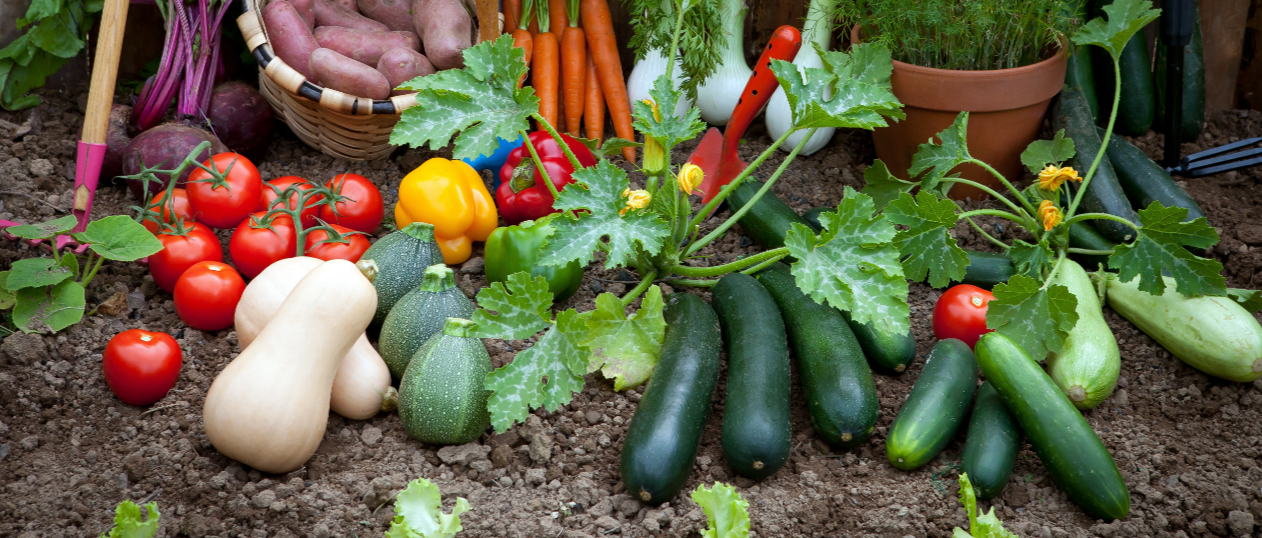

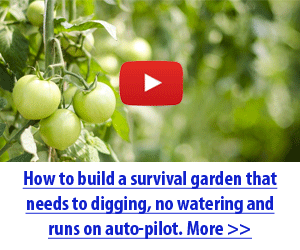
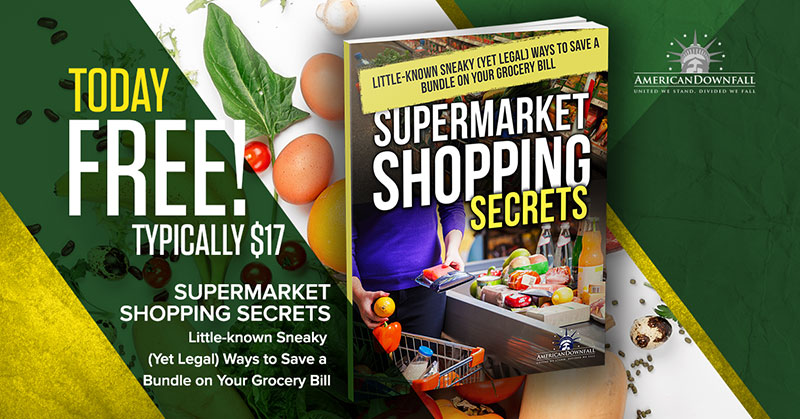
People are passing now and survival of what grows in Your neighborhood dire…I believe if disaster like dollar drop …survival of nature ..herbs..wild potatoes..bark will be dire…hunting without access to survival items…this is a course needed for anyone to survive…tx for all Your education and hard work…check out RFID online …You will see why this course is more dire now….
Beans and potatoes are a must, squash we are not so sure about. We have added carrots, peas, pumpkin, broccoli, and cooking herbs for flavor.
Pumpkin is a squash 🙂
thank you another great article. I am trying to make myself self supporting. I grow a great deal of my own food,can, freeze and dehydrate most of my crops. As I am a senior and have only the government pension, do not have a lot of spare cash. so I make the best of what I have and am doing ok.
once again, thank you, we can never learn too much.
Mardie, your Canadian reader
Thank you Mardie for reading and supporting the site. Good luck with your garden 🙂
I don’t know who to ask this question, so I will ask you. I hope you know the answer. For the last 4 years or so, I have been accumulating and saving in my freezer seeds of all kinds. I am going to test a few of them soon to see if they will sprout, but do you happen to know if seeds survive well frozen? I have hundreds of dollars of seeds frozen and I hope I haven’t wasted my money. Thanks.
Thanks for the question. Freezing seeds does not harm them, and can greatly extend their lifespan if done properly. All seed banks freeze their seeds intended for long term storage. You should be fine…
By the way, your pictures of vegetables look delicious! It makes me want to go outside now and plant a few seeds. No. I think I will sprout a few in the house first.
Thank you for your site.
Here in Tampa is a guy who has a bean plant that yields year round, with out watering once grown
Indians call these vegetables the three sisters. They even like to be planted together!
Thank you!
Awesome!
Corn,Beans andPotatoes are the 3 sisters
No, Corn, beans and squash are the three sisters.
http://www.apartmenttherapy.com/squantos-garden-160985
Collards grow just about antwhere except the desert and are one of the most neutricious veggies available.
Awesome site
Kale
ugh! 🙂
Cabbage (and its relatives)????
I have heard that tomatoes and potatoes are related and can be grown on the same plant; Is there any information on cohabited plants?
Thank you for the information on the three Vegas we must have in a garden. This information is very important for me. I did not know what plants I needed the most.
Three sisters garden is corn,beans and squash
My garden was totally killed by bugs. How to stop them? too bad. I don’t have a website.
missing a BIG ONE here… Jerusalem Artichokes!! check them out,.. grows like a week … eats like potatoes… yields by the wheel barrow.. absolutely #1 for survival garden
If you have property, look into permaculture and think nuts, fruit trees, berry bushes, cat tails and other perinneals that provide edibles. And don’t forget the Honey Bee hives to provide pollination and Honey.